So what is Hydroseeding ? And what means Hydromulching then?
Hydroseeding and Hydromulching are two (Hydro-) seeding techniques. However, they don’t resolve the same kind of problems and use different materials.
Hydroseeding is a technique that was invented by Charlie FINN in 1953 in the USA. This “seeding” technique allows for the implantation of herbaceous vegetation on big areas, without soil preparation and/or on areas with difficult access (like slopes or stockpiles). Hydroseeding is viable on areas where the agronomic quality of the topsoil in place is of medium to good quality. Hydroseeding is a ‘superficial’ way of seeding, with the seeds not being ‘covered’ totally. Therefore, it’s recommended to perform the operation exclusively during the seeding season favouring germination (just before the rainy season) and by doing so lit limits the risks of seeds being washed out by rain or blown away by wind.
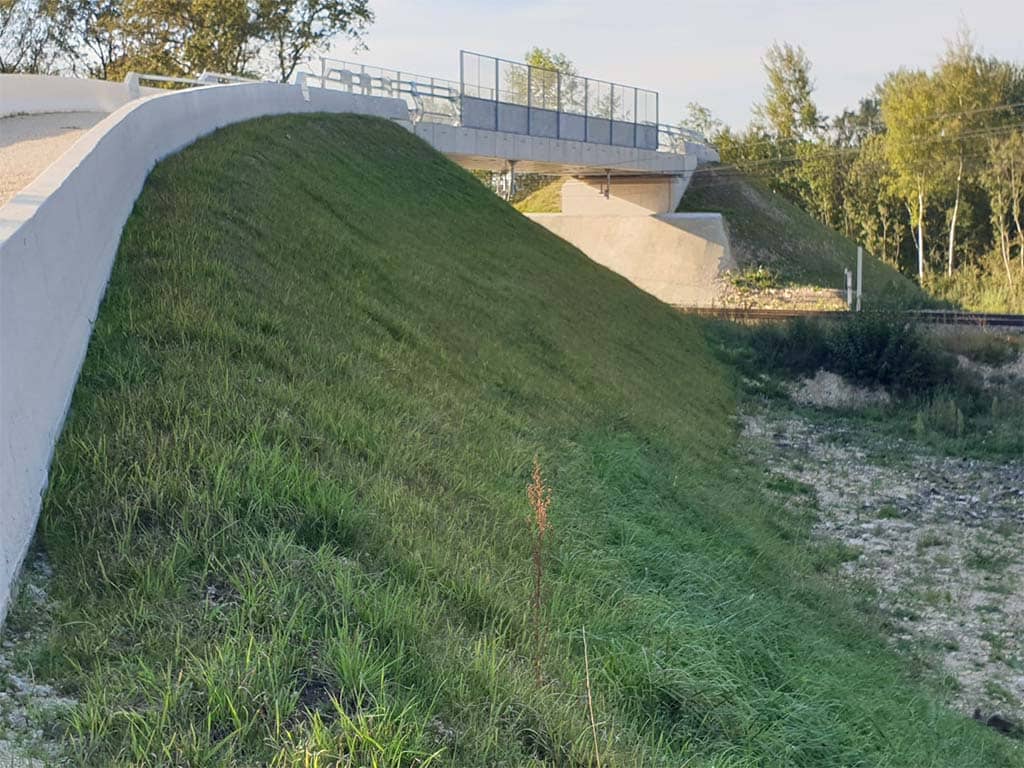
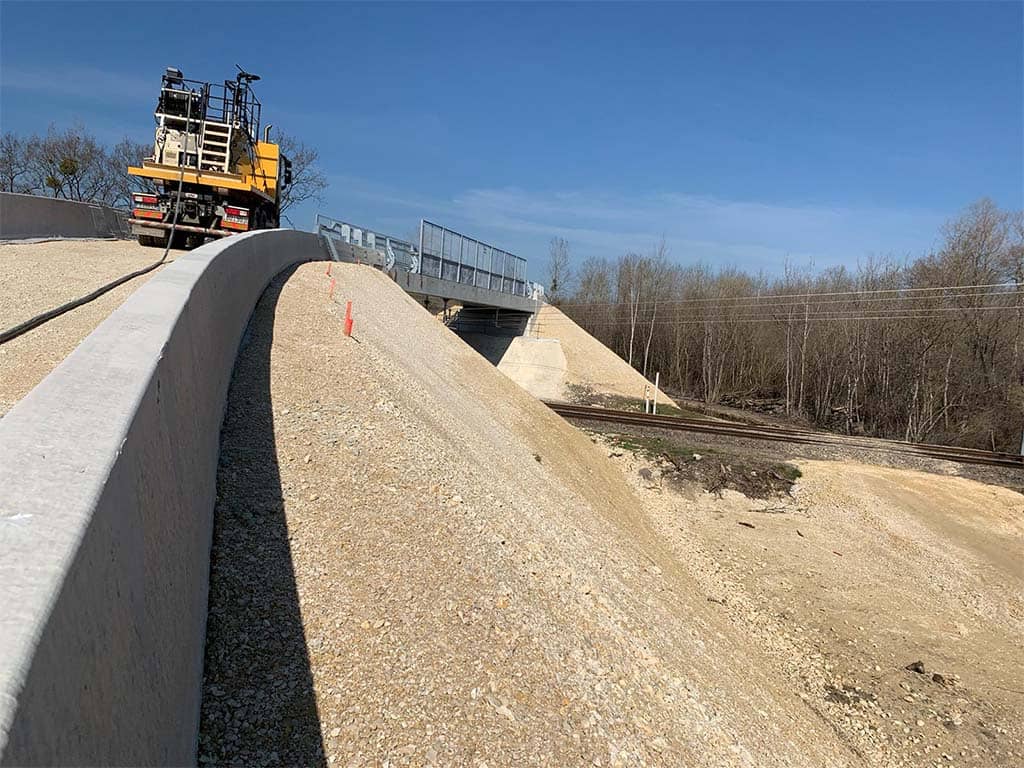
Hydromulching however is an advanced technique that uses the principles of Hydroseeding. This specialist application was developed during the 90-ies in the US but was rapidly introduced in Europe as well.
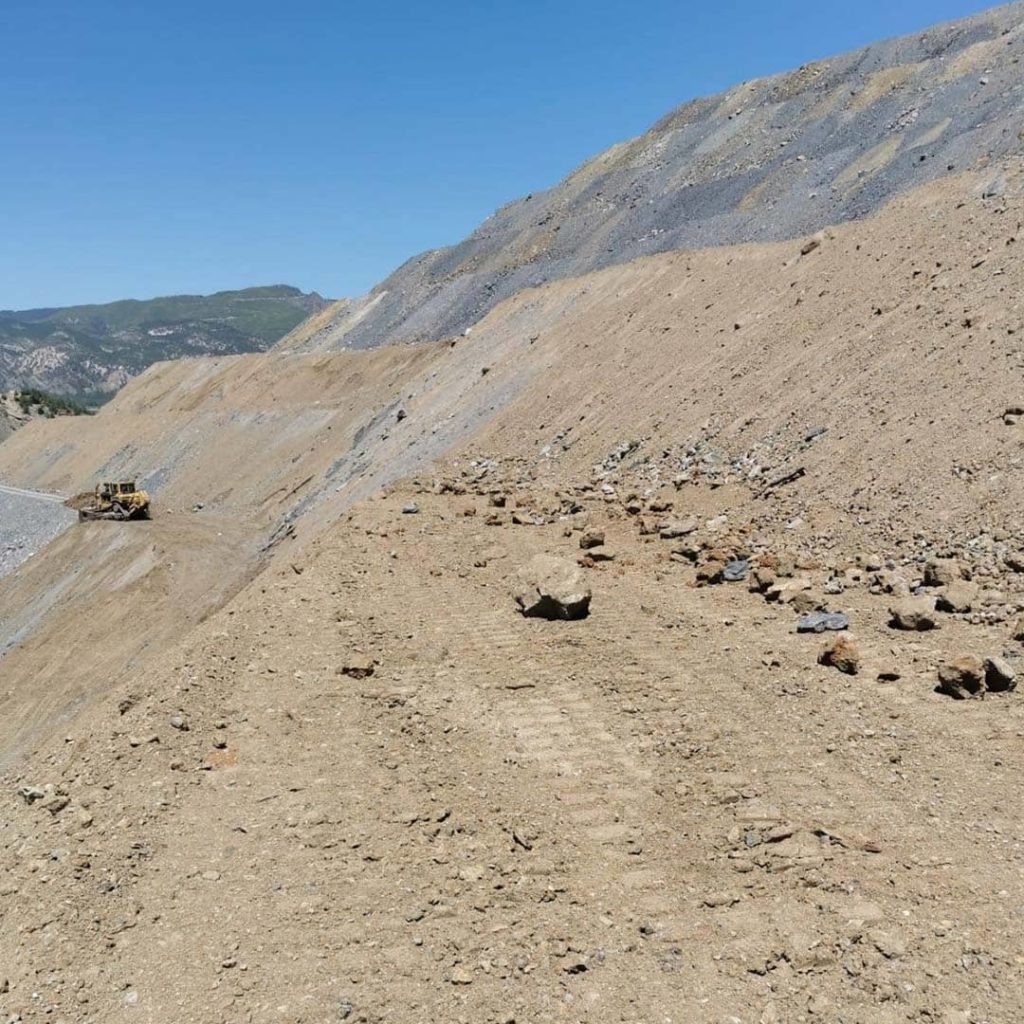
Hydromulching responds to a number of very specific constraints like :
- Elevated pressure on cost of land has directly impacted the geometrics of excavation and earthworks, steeper embankments to reduce their ‘footprint’
- Scarcity and difficulty in sourcing medium to good agronomical quality covering soil (Topsoil)
- Greater instability risks on slopes over 45° when using mats, nettings etc
That is why Hydromulching combines seeds with a fibre compound (mulch) and soil conditioners.
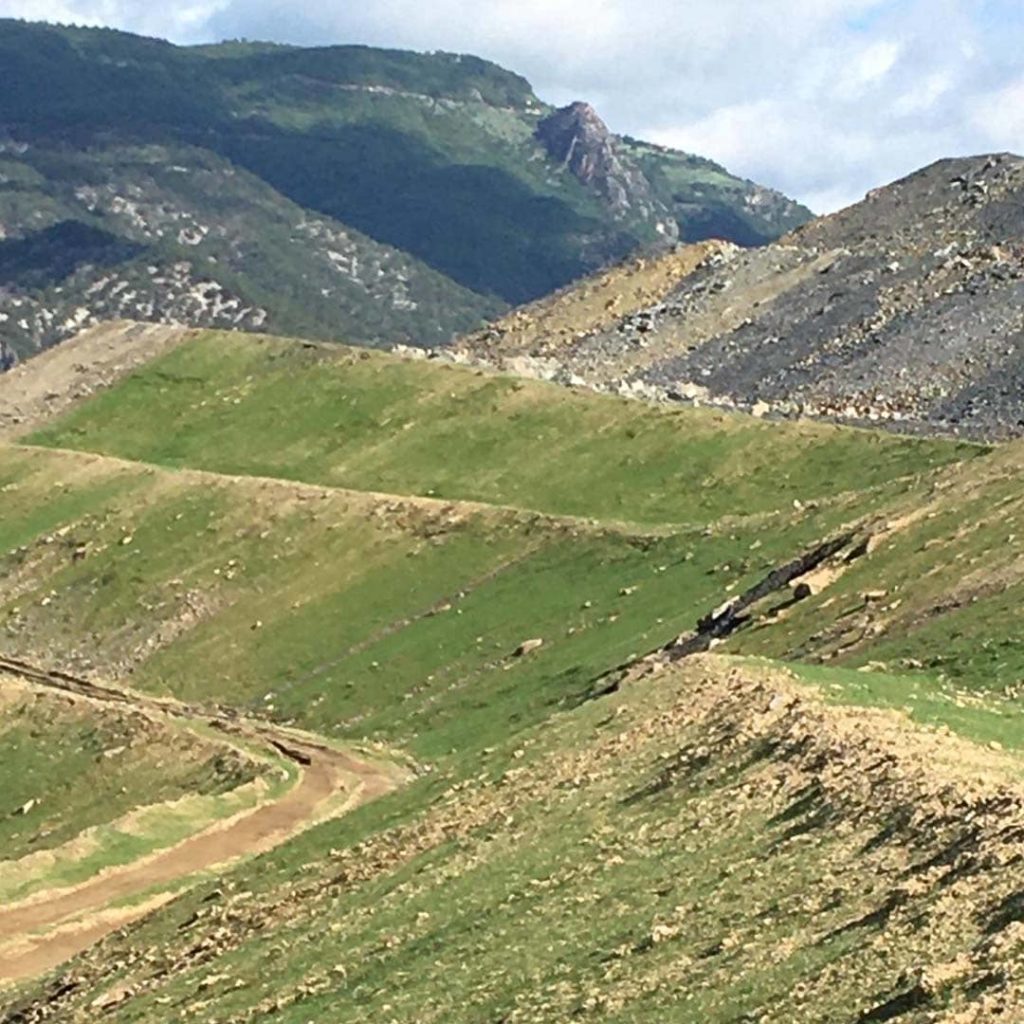
Hydromulching allows:
- incorporation of soil conditioners capable of correcting deficiencies of the soil in place (e.g.mineral & organic fertilizer, pH correctors, wetting agents, root activators/enhancers). That way Hydromulching creates soil conditions and qualities that allow installing a lasting herbaceous vegetation
- to foster seed germination by keeping them in close contact with the soil and with the soil conditioners
- to avoid wash out of seeds by rainfall or have them blown away by wind, even outside the favourable seeding window. The fibre compound (mulch) covering them, protects them from the impact of kinetic energy of raindrops, but also retains the water avoiding run-off.
- to protect the jobsite during the phase outside the favourable seeding season, where the germination will start when favourable climate conditions return, and the herbaceous vegetation can take over the erosion control function.
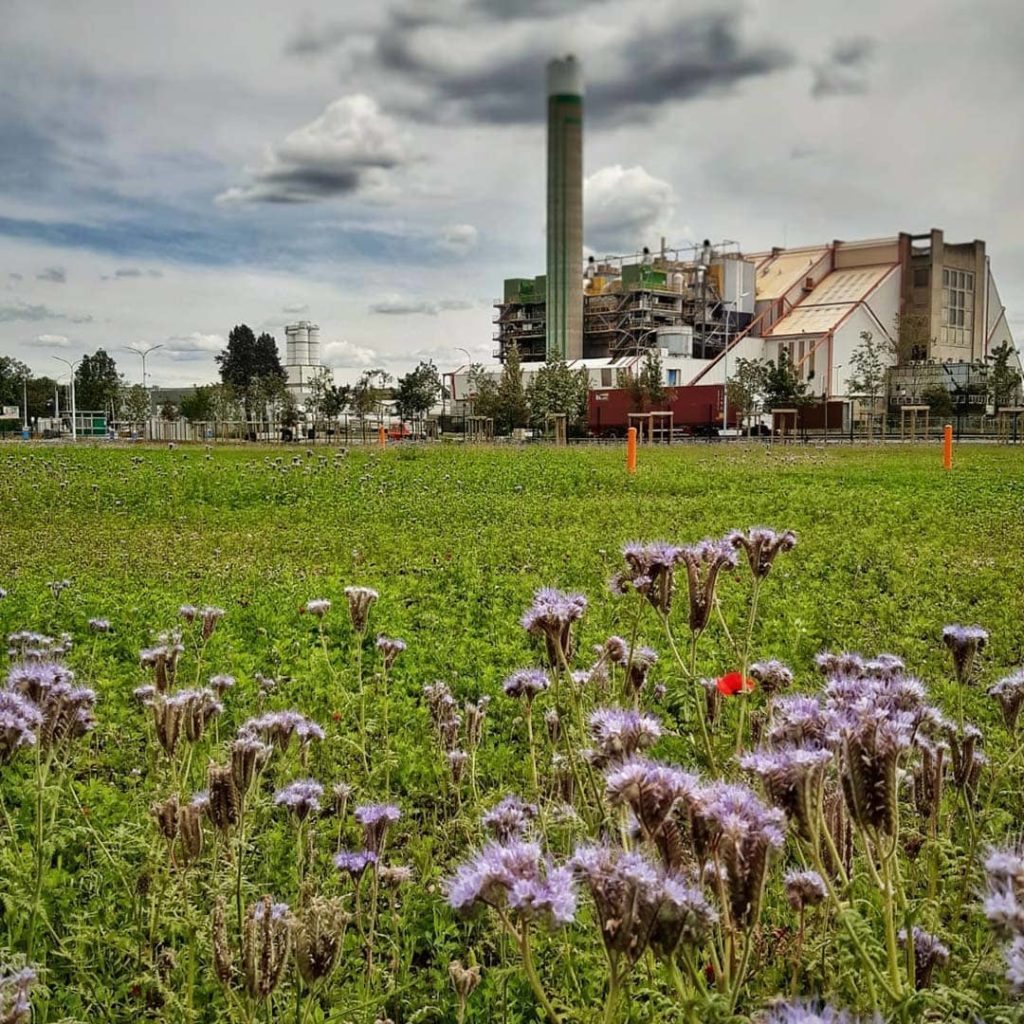
Hydroseeding and Hydromulching are two connected techniques. Each of them however responds to a different set of constraints and use different consumable materials under specific application rates. This has a direct impact on daily machine productivity on the jobsite and on the budgets for vegetation implantation.